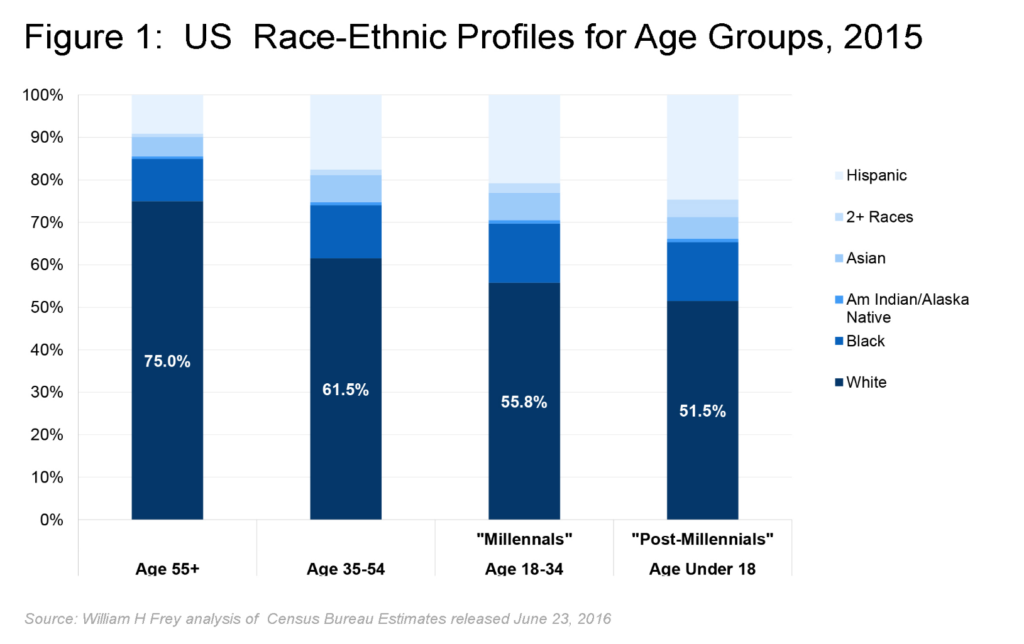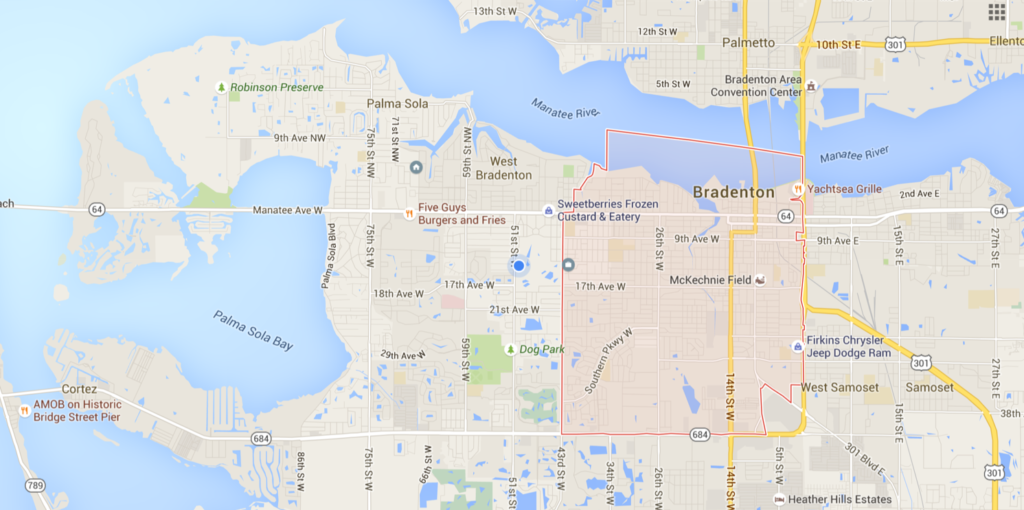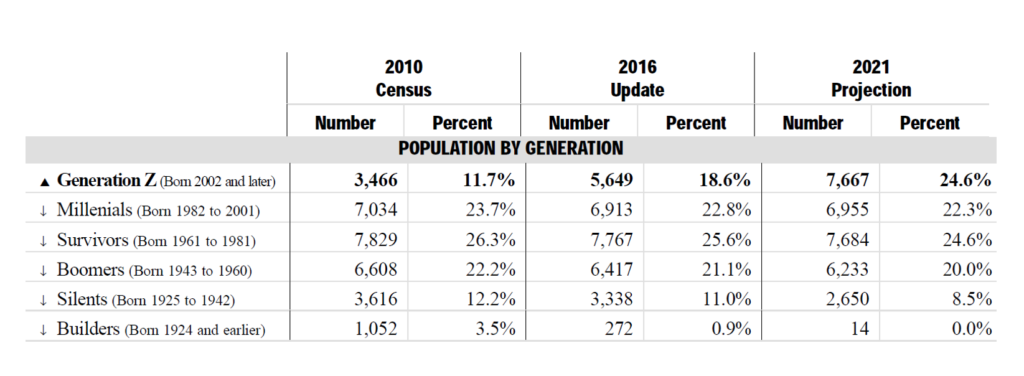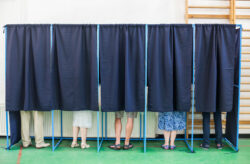What Increasing Racial Diversity Really Looks Like: A Case Study

Sam Rainer
The United States will become minority white just after the year 2040. I’ve written about this demographic phenomenon, and most people are aware of the increasing diversity in our nation. If you’re a regular reader of this blog, then you know I’m one who not only welcomes this change, I’m also excited about it. When you read about these national demographic shifts, you often come across figures like this one:

The above figure from Brookings is helpful. It demonstrates how racial diversity is concentrated in the younger generations, which means the nation in 2020 will be more diverse than the nation in 2010. And the nation in 2040 will be more diverse than the nation in 2020. Diversity is an increasing phenomenon, driven mainly by the growing Hispanic population.
Many articles and studies cover this demographic phenomenon from a national perspective. This viewpoint makes sense. The purpose of these reports is to understand changes to the nation as a whole. However, you can miss the fact that all of these changes are occurring at the local level—in your backyard.
So what does increasing racial diversity really look like? I’ll use my backyard as a brief case study: The 34205 zip code. A large portion of our church members live in the 34205 zip code, which includes downtown Bradenton. The 34205 zip code line runs through our church campus.

Today about 30,000 people live in the 34205 zip code. The surrounding region is one of the fastest growing in the nation. From a regional perspective, the Bradenton/Sarasota MSA population is over 720,000, and the greater Tampa Bay area population is about 4.5 million.
Currently, the 34205 zip code has a higher-than-average population of people in older generations. Though there is a good mix of younger and older people in terms of population numbers, the older generations are over-represented while the younger generations are under-represented in the community, relative to national averages. Given the “snowbird” and retirement effect, which historically drew older white people to the Bradenton community, this representation is not a surprise. However, the over-representation of older generations is expected to change significantly in the future.
In the next five years, the 34205 zip code will change noticeably. In fact, it is already changing. Sometime in 2021 or 2022 the largest generation will no longer be those in the older generations. The largest generation will be the youngest generation, Generation Z (born 2002 and later). By 2021, every generation is expected to decline in population size except for the youngest generation. Generation Z will drive all of the growth in the community. Right now, almost everyone in this generation is a child. The oldest people in Generation Z are only in their mid-teens. The snowbirds will not flock to the area as much as the past, but the hospitals will be much busier with children being born in the near future.

So, the community will get much younger in a few short years, but the driver of this shift towards a younger population is minorities. In the 34205 zip code, the white community will decline over the next five years, while all categories of minorities will grow, especially the Hispanic population (specifically Mexicans, Puerto Ricans, and Cubans). What we learn is the vast majority of growth in the community will be from Hispanic children.
We’re already seeing this shift occur in our church. Our children’s ministry and student ministry are demographically more diverse than our Boomer and Builder Life Groups. This breakdown is expected—older generations are more white while younger ones are more ethnically diverse. My church is simply working hard to reflect the community. And don’t forget, part of being a diverse congregation includes multiple generations as well as multiple ethnicities (a subject for another time). We certainly don’t have it all figured out, but I’m thankful to pastor a congregation that wants to reach all people for Jesus.
Let me encourage you to dig into the demographics of your own community. I bet you will find a few surprises. I also bet your community is more diverse than you realize.






